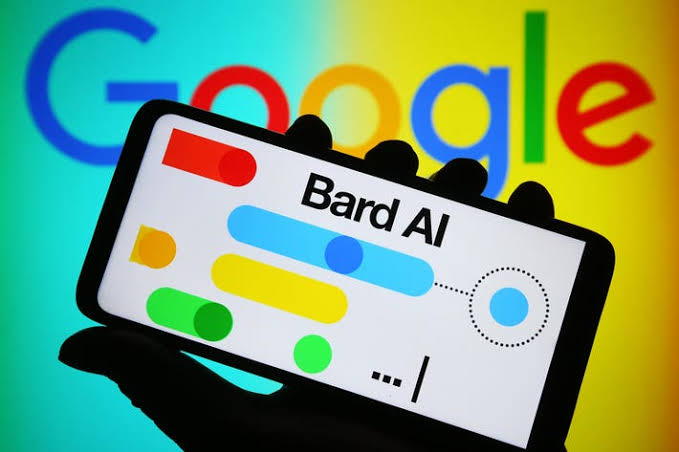Google’s latest Bard update adds many capabilities that make it the most innovative and most versatile model yet. This update enhances Bard’s language support in multiple languages and locations and incorporates features that link with popular Google apps and services.
Tech giant uses cutting-edge reinforcement learning to improve Bard’s creativity and intuition. Users may now collaborate with Bard on creative projects, start conversations in one language, and switch between over 40 languages and places. Bard can also answer complex code questions and research issues with precision.
Read also: Google’s AI chatbot, Bard, adds Swahili to its language expansion
Bard’s Potential Unlocked
Since it was first released in February, Bard has been constantly changing, thanks to user feedback and improvements to the PaLM2 model. The model has been tweaked to be more intuitive, creative, and flexible, and it now works with a wide range of languages and countries worldwide.
By adding Bard Extensions, Google is advancing Bard. Bard can get real-time data from Google Maps, YouTube, Hotels, and Flights using these extensions. Users may effortlessly combine multiple sources of information, making ideation faster and easier.
The default setting is to enable extensions, although users can disable them. Gmail, Docs, and Drive data may now be used in Bard to discover, summarise, and answer questions. Users can opt out of using Google Workspace data to train Bard’s public model.
Extensions simplify complex activities by providing natural and intuitive access to programmes and services. In one discussion, customers can ask Bard to find Valentine’s Day flights, flower stores, and a love poem. The software giant will eventually provide these features to other languages besides English.
Bard’s first significant new feature is talking to other apps and services to provide better responses. This developing field of AI is growing and iterating quickly, but we are excited to unveil new features and receive customer input.
Perform more with Bard
The corporation recognises that huge language models can give erroneous information. Google Search has been incorporated into Bard to allow users to verify AI-generated responses.
When Bard’s answer has an evaluated comment, users can click for related resources. These Google Search links didn’t modify Bard’s first thought.
The [G] button on Google Search might help you verify Bard’s replies by finding similar or different content. Starting with English, Bard’s answer highlights statements for further study and allows you to click them. Google wants Bard discussions to spark creativity. Shared public links allow users to join a Bard chat in their accounts.
All 40+ languages and places where they are enabled will have English-language functionality since the company is committed to ethical AI development. Google Lens, Google Search, and Bard’s responses can be changed.
As we responsibly build Bard, more people can use English features. You may now add photographs with Google Lens, get Google Search images in responses, and adjust Bard’s answers to be simpler, longer, shorter, more professional, or less formal in all 40+ languages and nations.
Freedom allows users control over their creative processes, and prompts and responses with graphics help them think of new ideas.




